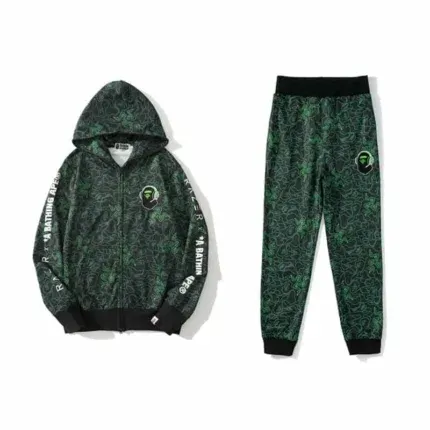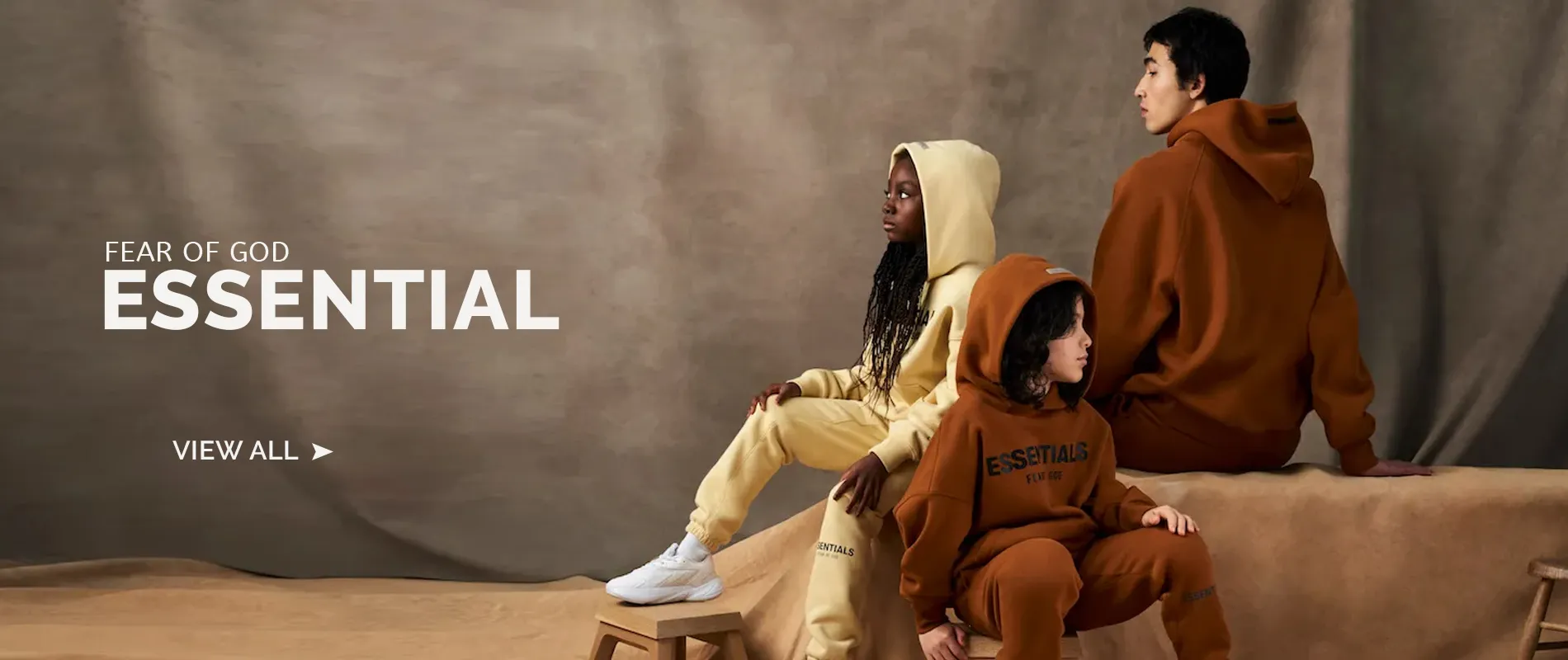The Iconic BAPE Hoodie A Streetwear Staple That Redefined Fashion

In the ever-evolving world of streetwear, few garments are as instantly recognizable and culturally influential as the BAPE hoodie. With its bold graphics, vibrant colors, and unmistakable shark face design, the BAPE hoodie has become more than just a piece of clothing — it’s a symbol of status, self-expression, and global fashion influence.
Originating from Japan and quickly spreading across the globe, this iconic hoodie bridges Eastern design with Western street style, creating a phenomenon that has stood the test of time. Whether you’re a seasoned fashion enthusiast or new to the streetwear game, understanding the appeal of the BAPE hoodie means diving into a story of creativity, community, and cultural crossover.
A Bathing Ape: The Origins of BAPE
The BAPE hoodie’s story begins with Nigo, the visionary founder of A Bathing Ape (BAPE). Established in 1993 in Tokyo’s Ura-Harajuku scene, BAPE was inspired by hip-hop, skateboarding, and punk culture. Nigo’s genius was in blending these influences with Japanese pop culture, creating designs that felt simultaneously nostalgic and futuristic.
The brand quickly garnered attention for its bold patterns, including camouflage in unexpected colorways, oversized silhouettes, and graphics that felt loud, rebellious, and unapologetically cool. But it was the BAPE hoodie, especially the full-zip Shark hoodie, that truly catapulted the brand into streetwear legend.
The Birth of the Shark Hoodie
In 2004, BAPE dropped the now-famous Shark hoodie, featuring a full-zip design that extended all the way up to the hood, creating a face-covering silhouette with sharp shark teeth, eyes, and sometimes a tiger motif stitched onto it. It was daring. It was different. It was a statement.
This hoodie didn’t just protect you from the cold — it transformed your look entirely. It became a wearable mask, an armor of style, something that allowed wearers to stand out and blend in at the same time. It offered anonymity while demanding attention.
Celebrities like Pharrell Williams, Kanye West, Lil Wayne, and Soulja Boy quickly adopted the hoodie, further boosting its global appeal. With limited quantities and high demand, BAPE hoodies began fetching premium prices, cementing their place as streetwear grails.
Design and Craftsmanship
A key reason for the hoodie’s popularity is its quality and attention to detail. Made from heavyweight cotton with thick ribbed cuffs and hems, the hoodie feels substantial and luxurious. Every piece is crafted in Japan, where quality control is paramount.
BAPE’s designs often feature:
- Vibrant color palettes – from pastel pinks to military greens.
- Camouflage patterns – in blue, red, purple, and signature green.
- Graphics and branding – including the iconic Ape Head, WGM (World Gone Mad) patches, and shark/tiger faces.
- Limited edition drops – which creates exclusivity and resale hype.
It’s this mixture of boldness, artistry, and rarity that makes each BAPE hoodie feel like a collector’s item.
The Power of Branding and Hype
BAPE Shirt has mastered the art of scarcity marketing. Most of its hoodie drops are limited in number, making them highly sought-after and often resold at 2x to 5x retail price. The hype surrounding each release turns shopping into an event, often accompanied by long lines, online raffles, and resellers looking to make a profit.
This culture of exclusivity doesn’t just make the hoodie desirable — it turns it into a currency of coolness. Wearing a BAPE hoodie is a flex. It shows you’re tapped into the culture, you’ve got taste, and you understand the history behind the label.
Celebrity Endorsement and Pop Culture Impact
BAPE’s global success is deeply tied to its embrace by hip-hop artists and pop culture icons. Pharrell and Nigo’s friendship resulted in frequent collaborations, while Kanye West helped introduce BAPE to an American audience by rocking the hoodie in music videos and red carpets.
The brand became a cornerstone of 2000s rap fashion, and today, artists like Travis Scott, ASAP Rocky, and Lil Uzi Vert continue to keep BAPE in the spotlight.
From Tokyo to New York, Paris to Seoul, the BAPE hoodie became a global streetwear symbol — one that transcended nationality and language to connect fashion-forward youth across continents.
How to Style a BAPE Hoodie
Despite its loud graphics, the BAPE hoodie is surprisingly versatile when styled right:
- Streetwear Casual: Pair it with distressed jeans, Jordan 1s, and a snapback for a classic look.
- Layered Luxury: Throw it under a neutral trench or oversized denim jacket to balance color with structure.
- Athleisure Vibe: Match it with BAPE sweatpants or shorts and slides for a laid-back, coordinated fit.
- High-Low Fashion: Style it with tailored pants and designer sneakers to elevate streetwear into luxury territory.
The key is confidence — because the BAPE hoodie demands it.
Why the BAPE Hoodie Still Matters
While fashion trends come and go, the BAPE hoodie remains a cornerstone of streetwear culture. It has evolved with time — introducing collaborations with Marvel, Adidas, Coach, and more — yet it retains its original spirit: bold, rebellious, and deeply rooted in youth expression.
In a world increasingly saturated with fast fashion and copycat designs, BAPE stays true to its roots. The hoodie, in all its forms, still represents more than style. It’s a piece of history, a signal to the world that you understand the language of the streets — and you speak it fluently.
Conclusion: The Hoodie That Changed the Game
The BAPE hoodie is not just a fashion item — it’s an artifact of cultural influence. With its daring designs, premium quality, and undeniable presence in pop culture, it continues to redefine what streetwear can be.
Whether you’re collecting, styling, or simply admiring from afar, one thing is clear: a BAPE hoodie isn’t just worn — it’s lived in, celebrated, and remembered.





